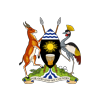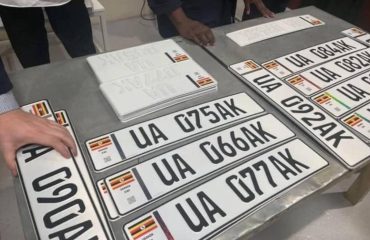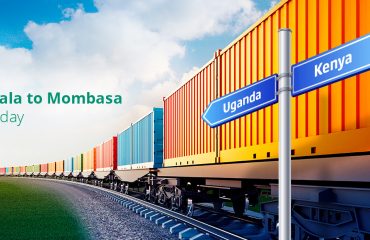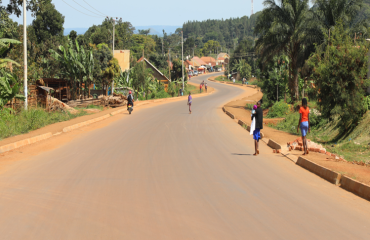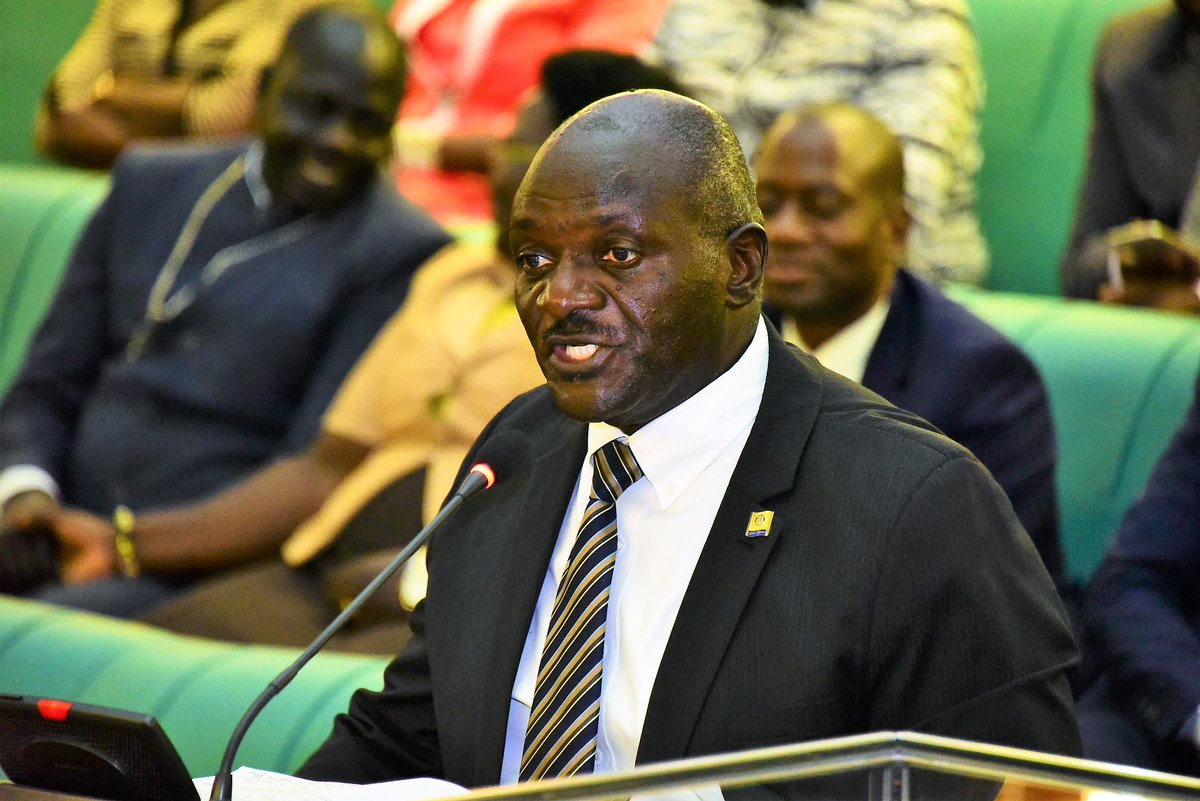
Edward Katumba Wamala, Gen. (Hon), Minister of Works and Transport
There’s a silent crisis across Uganda. Guardrails disappear in the night. Solar streetlights are stripped of batteries. Road signage, meant to guide and protect road users, is defaced, uprooted, or simply stolen. The cost of this is far deeper than we may realise. It comes at a cost to public safety and security.
As a country, we are investing heavily in infrastructure to enhance connectivity, improve safety, and drive economic transformation. These are public investments, funded by your taxes and designed to make our lives better. Yet, with this alarming frequency, these very assets are being destroyed or stolen by a few individuals for personal gain.
This concern was recently brought to our attention in a formal communication from Stirling Civil Engineering Ltd., the contractor carrying maintenance works on the Kampala Northern Bypass (Phase 1). In a letter dated 20th May 2025, the contractor reported a worrying trend; the theft of access panel doors, fuse boxes, and circuit breakers from the newly installed streetlights along the median. Even more concerning, they noted that entire circuit breakers had been stolen at sections along Km 5 and Km 6 along the Bypass, plunging stretches of the road into darkness, particularly along Busega to Kyebando, where installation has been completed. These are serious security threats, potentially enabling crime and compromising public safety, the very issues the lighting intervention is meant to curb.
To put this into perspective, each streetlight unit costs between UGX 8–15 million, depending on design, and replacing just 100 vandalised lights amounts to a cost of over UGX 1.2 billion.
This isn’t just an isolated incident. According to a 2015-2020 road sector report, the country lost over Ugx 2,056,351,811 during this period due to vandalism of road infrastructure (a total of 250 cases) and Ugx 725,181,180 was spent in recoveries and repairs made (111 cases) mostly attributed to stolen culverts, road signs, fencing, and solar lighting systems.
Beyond the economic loss, the human cost is even more severe. One missing road sign could be the only warning a driver gets before a dangerous curve. A stolen guardrail could be the difference between life and death. When culverts are damaged, roads flood and become impassable and uncomfortable, delaying emergency response, school children going to school and business (trade) activity alike. Already, Uganda loses an estimated UGX 4.4 trillion in productivity and medical expenses annually to road crashes, representing about 5% of Uganda’s Gross Domestic Product (GDP), many of which are made worse by missing or damaged safety installations.
It is easy to assume that road vandalism is a government problem. But in truth, it is a community problem. It is our problem. Because the moment a metallic culvert is stolen or damaged, the next rainstorm turns your neighbourhood road into a death trap. When the solar light is removed, darkness returns, and so does crime. That missing guardrail may be the only thing standing between a vehicle and a fatal dive.
Uganda’s road network, like many other public services, is paid for by all citizens. Every light stolen, every sign vandalised is money drained from the national budget, money that could have built a classroom, stocked a health centre, or repaired another road elsewhere. Government of Uganda has allocated additional funding to install a reinforced razor fence over a 20 km stretch along the Kampala–Entebbe Expressway. The new razor-link barrier is designed to deter pedestrian crossings, stray objects, and other disruptions, ensuring safer, uninterrupted high-speed traffic flow on the expressway. It is hoped that the upgraded fencing will better withstand acts of vandalism and safeguard the integrity of this critical infrastructure.
Why should Ugandans care? Because these assets serve us. They make it easier to transport goods, access markets, reduce travel time, and improve road safety. They are enablers of growth and opportunity in the country.
Vandalism further undermines the principle of shared responsibility. Government may not place a security guard next to every street lamp or road sign. What we now need is a vigilant and patriotic public, citizens with knowledge that protecting public assets is not a favour to the government, but a service to the nation.
While the Ministry of Works and Transport, along with other utility agencies continue to roll out strategic public infrastructure projects across the country, their success depends on our collective discipline and civic pride. We urge local leaders, youth groups, road users, and every Ugandan to question suspicious activities and report those damaging these precious public assets.
Please help us create a culture where it is unacceptable to watch a culvert being stolen or damaged without raising an alarm.
As we continue building roads to connect our country, let us build a shared sense of responsibility too. The newly built roads like Atiak-Laropi road, Muyembe-Nakapiripirit, the Source of the Nile Bridge in Jinja, the flyover in Kampala; these are not Government of Uganda projects, they are your roads, your bridges, your lights, your assets. Let’s guard them like we own them, because we do!
